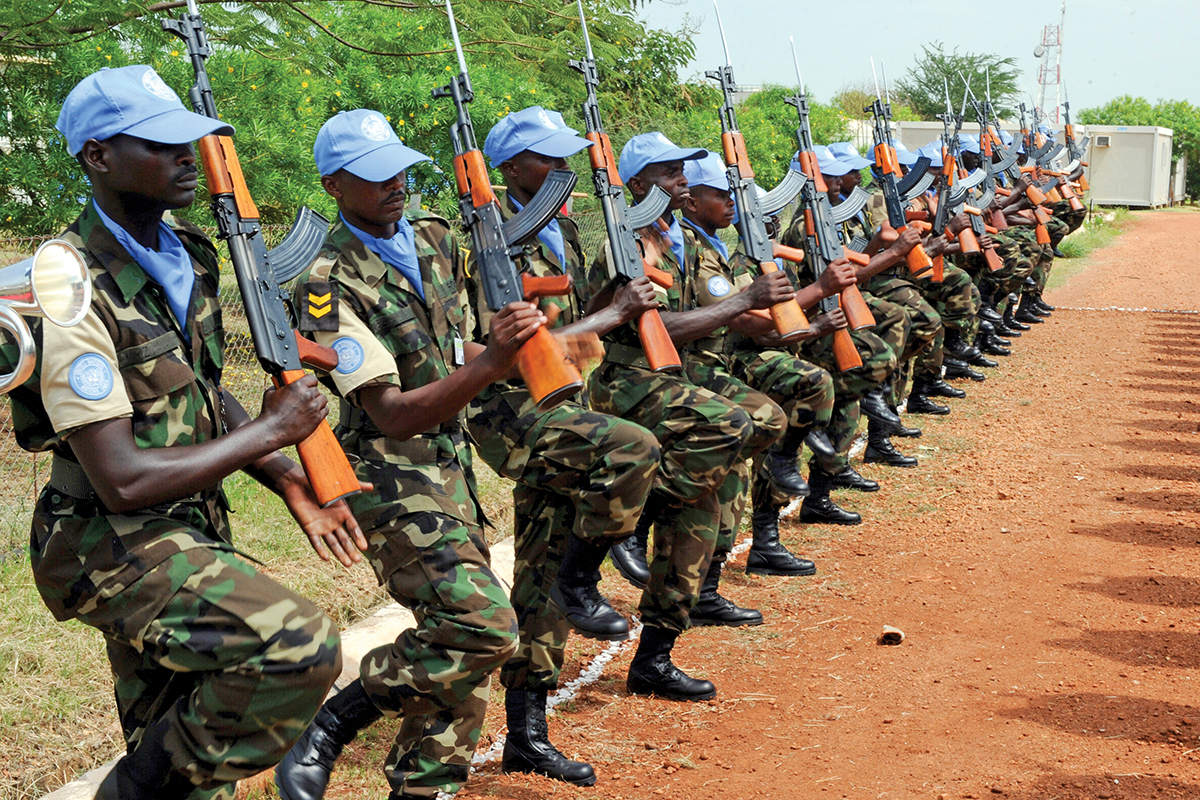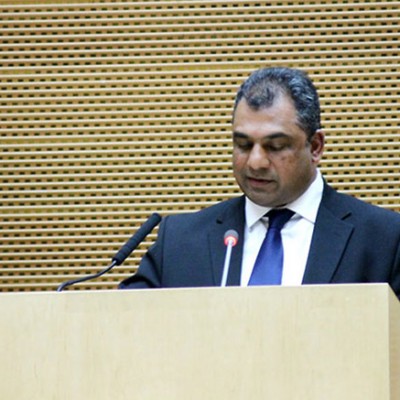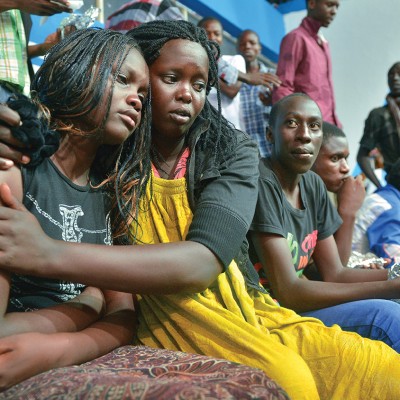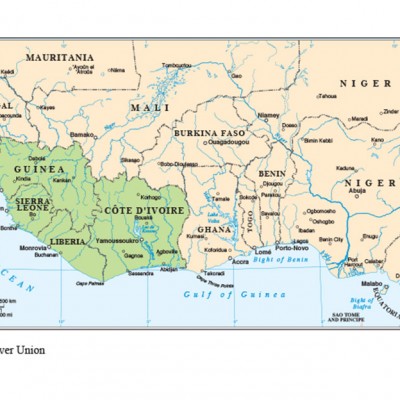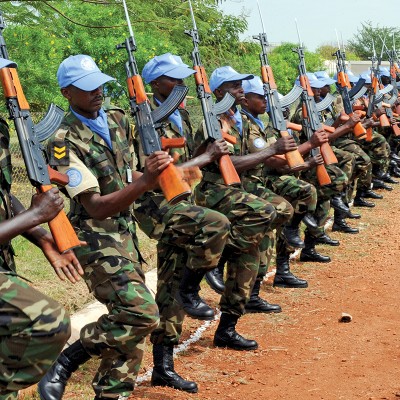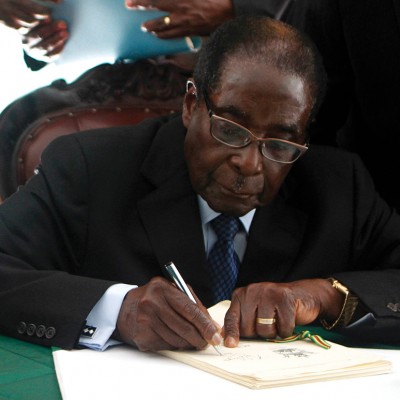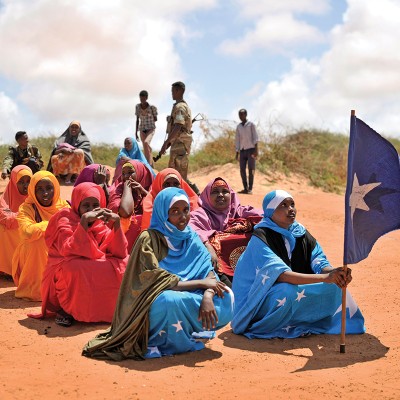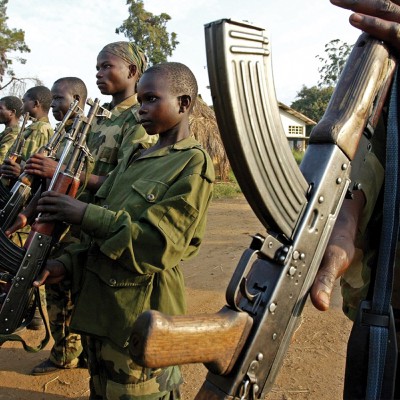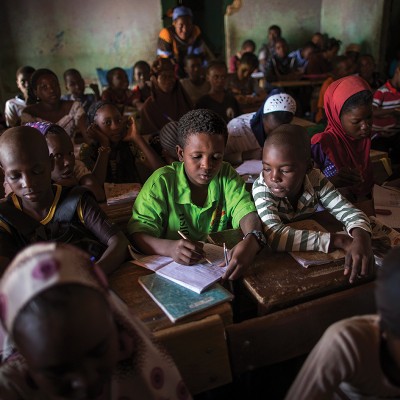Introduction
There are currently around 200 000 civilians sheltering in and around bases of the United Nations Mission in South Sudan (UNMISS), who are being protected in accordance with its mission mandate.1 The establishment and defence of these sites have saved thousands of lives, and can be contrasted with the failures of the United Nations (UN) to protect people from genocide in Rwanda and Srebrenica in the 1990s. This article provides an overview of the development of UNMISS, how it has responded to the outbreak of civil war, and its potential legal responsibilities towards those sheltering on its protection of civilian (PoC) sites.
South Sudan came into existence in July 2011, after its people voted overwhelmingly for independence the previous January. UNMISS was created in the same month by the UN Security Council, which gave UNMISS a mandate to protect civilians under its Chapter VII powers. In June 2012, the Government of South Sudan argued that it would be “inappropriate” to renew the mandate under Chapter VII, as the government had taken responsibility for the safety and security of its own citizens. The government’s argument was rejected, but benchmarks for progress were agreed on towards an exit strategy for UNMISS. PoC has featured in all of UNMISS’s mission reports, although its initial focus was advocacy, maximising information flow, the provision of good offices and urging the government to deploy additional security forces when necessary.
South Sudan’s transition to independence was fraught with skirmishes on the new international border with Sudan and internal clashes between government troops and rebel militia. Hundreds of thousands of people were displaced from their homes during 2011 and 2012, and there were repeated violations of international human rights law and international humanitarian law (IHL) by both sides.2 Thousands sought refuge in UNMISS military compounds, particularly in Jonglei State, where much of the violence occurred. UNMISS also suffered a series of attacks by rebel groups in 2012 and 2013, as well as ongoing harassment, threats, physical assaults and attempts to seize property by government forces. In December 2012, government troops shot down a UNMISS helicopter, after apparently mistaking it for a Sudanese military one.3
Civil War
Simmering divisions within the leadership of the now-ruling Sudan People’s Liberation Movement (SPLM) erupted into a full-scale conflict in December 2013, which resulted in the death of 10 000 people in the first few months and displaced over a million people.4 President Salva Kiir Mayardit claimed to have foiled a coup attempt, while his opponents accused him of launching a dictatorial purge. The Sudan People’s Liberation Army (SPLA) quickly fractured and both sides committed widespread massacres, often based on grounds of ethnic division. By December 2014, the UN Security Council referred to the civilian death toll as being in the “tens of thousands”.5
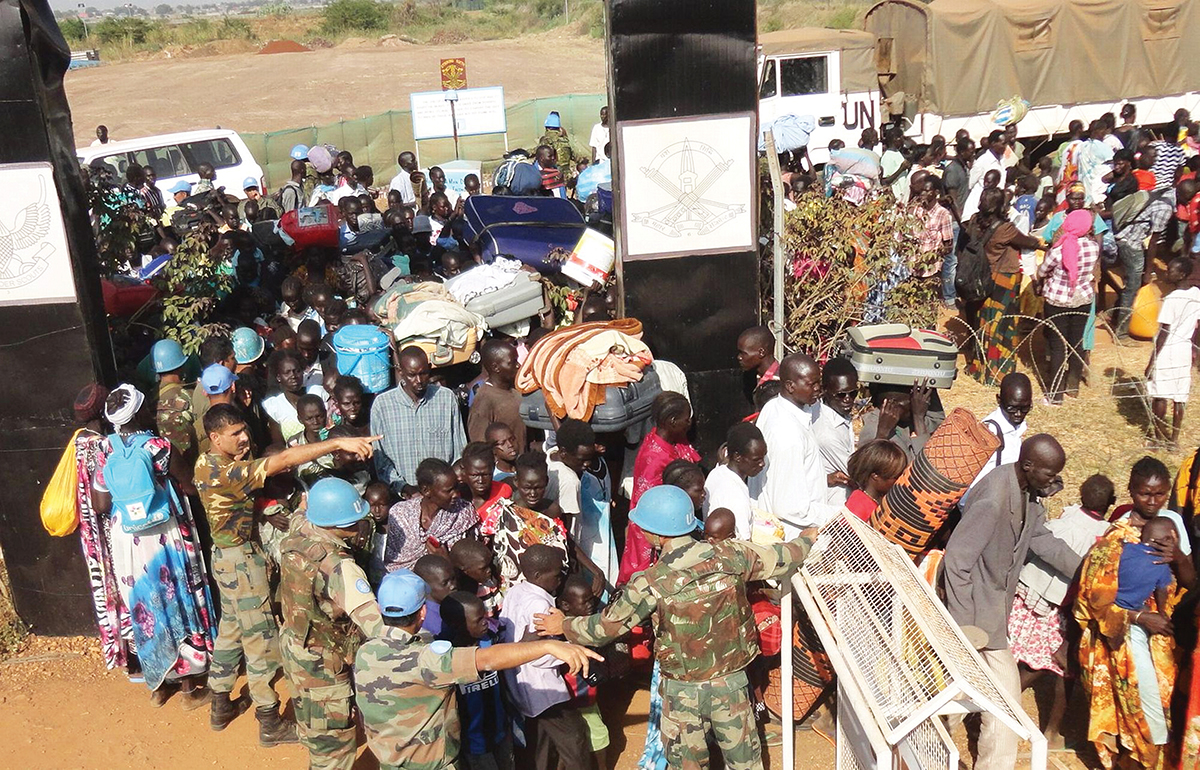
As the fighting spread, more civilians sought protection at UNMISS bases. By the end of 2014, it was estimated that there were 100 000 people sheltering at UNMISS bases. By May 2015, this number had increased to around 118 000 people and, by August 2015, there were an estimated 200 000 people at what became known as PoC sites.6 Civilians had sought shelter at UNMISS bases before this crisis, and the mission had already developed guidelines for managing such situations. The guidelines stated that such protection should be a last resort and a temporary solution before more sustainable protection and assistance could be provided. The outbreak of civil war, however, caught UNMISS by surprise, and the scale of the influx of people overwhelmed it. Nevertheless, as the International Crisis Group (ICG) noted:
Within hours of the outbreak of conflict, civilians began arriving at UNMISS bases seeking protection. The speed with which the fighting spread required immediate action and UNMISS senior leadership took the risky but right decision to open its gates… Mission staff are not humanitarians and did not have access to humanitarian supplies, such as tents, food and materials to build latrines, leading to dire conditions in some of the bases. Acknowledging the logistical and political difficulties, there is no question UNMISS’ action saved – and continues to save – many thousands of civilian lives.7
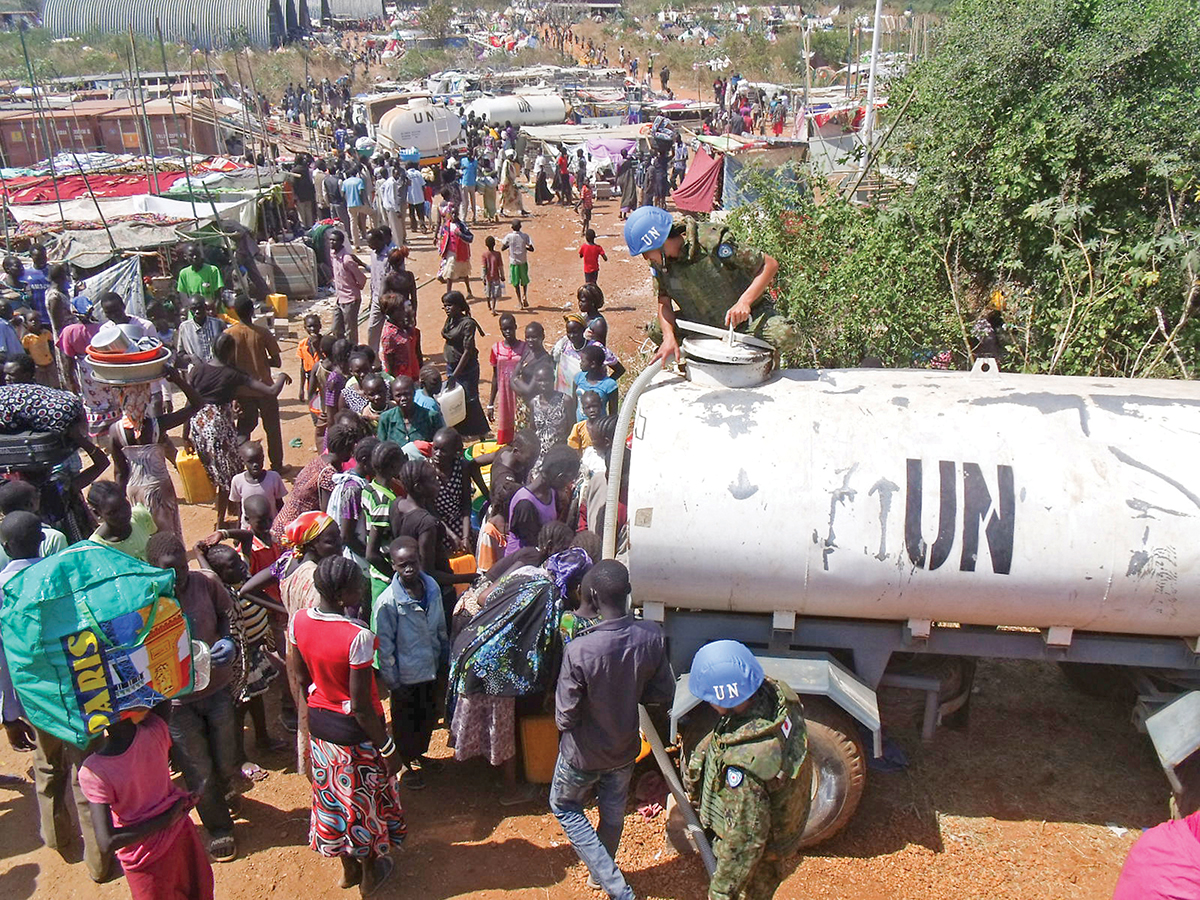
UNMISS bases came under attack in several places, particularly in Jonglei State. Two peacekeeping soldiers and a civilian aid worker were killed at one UNMISS base, some bases were hit in crossfire and UNMISS helicopters were deliberately shot at on some occasions.8 In April 2014, the UNMISS base in Bor was stormed by an armed group who attacked the internally displaced persons (IDPs) inside the base with axes, handguns and automatic weapons. UNMISS troops eventually opened fire, and the attack was stopped after 48 IDPs and three attackers were killed.9 As a consequence of these various attacks, UNMISS evacuated two of its bases. At other bases, Ugandan armed forces provided protection by patrolling the outer perimeters.
Protection of Civilian Sites
Towns were frequently captured and then recaptured by opposing sides during the initial months of the conflict, leading to different groups seeking UNMISS’s protection. Many of those who sought shelter had previously played an active role in the conflict, but UNMISS consciously defined “civilians” in adherence to IHL rules as including armed actors who had laid down their weapons.10 As the mission’s senior PoC advisor noted:
A significant proportion of the people seeking refuge were former combatants. By relinquishing their weapons and uniforms they became civilians and eligible for protection. However, there was always the risk of these individuals rejoining the fighting, and UNMISS was criticised by both sides in the conflict for harbouring potential adversaries. A clear “no arms on UN premises” policy was implemented. While screening was conducted by UN police at entry and exit points to ensure that weapons did not enter the PoC sites, this was not foolproof and some weapons were brought in.11

Both sides continued to accuse UNMISS of sheltering “criminals” and “enemies”, and senior political and military leaders stated that they considered these people to be legitimate targets for attack. Over the course of 2014, the mission developed guidance on preserving the civilian character of its PoC sites and stated that it would not admit additional individuals to its premises where there was no “current fighting or threat of violence in the area”. Land was also acquired next to UNMISS bases, where people could be accommodated on a more sustainable basis. Nevertheless, Médecins Sans Frontiers (MSF) noted that living conditions within these camps was “abysmal, with water and food in continuing short supply, and most people confined to low-lying areas, which have become swamps of infestation and disease”.12 It warned that people in the camps “suffer from violence, malnutrition and cholera”, with “wires and barricades designed to keep violence out, and the people inside”, and that the mission appeared to have accepted a new “definition of protection, which appears to apply in only the most narrow sense”.13
A Security Council resolution in May 2014 gave UNMISS a new mandate, focusing on its PoC tasks.14 In its November 2014 report, the mission stated that UNMISS police had “adjusted its command structure and deployment in the sites” to “enhance safety and security”.15 It further noted that “UNMISS also continued separating suspects with regard to security-related incidents in holding facilities until their referral to community-led informal mitigation and dispute resolution mechanisms”.16 The mission stated that it had “submitted a draft memorandum of understanding to the Ministry of Justice concerning the transfer of cases and suspects to national authorities”. In February 2015, it was reported that the World Food Programme (WFP) had been forced to temporarily suspend food distribution at one site after humanitarian workers were assaulted. 17 In April 2015, it was reported that:
Inter-communal tensions, community leadership struggles, youth gang violence and threats against humanitarian service providers and UNMISS staff continue to pose serious challenges in many of the UNMISS protection sites. During the reporting period, a total of 410 security incidents were reported, including incidents of murder, theft, assault, domestic violence and public disorder. Over 22 UNMISS police were injured in the process of maintaining security at the protection of civilians site in Juba, while another six were injured at other sites, during the month of February. On 9 February, clashes between youth groups resulted in the death of one youth at the Bentiu site. On 24 March, similar youth violence led to the explosion of a hand grenade inside the protection site, injuring 10 people. Of particular concern is sexual, gender-based and domestic violence, including the exploitation of young girls and women, by male internally displaced persons.18
The mission responded by “streamlining referral pathways with humanitarian protection partners to provide efficient emergency response services to victims of sexual, gender-based and domestic violence”, as well as implementing “conflict transformation trainings and peace dialogues” at certain sites. It also “continued to administer four holding facilities for the temporary isolation of internally displaced persons suspected of having committed serious crimes”.19
The Human Rights Obligations of UN Missions
International human rights jurisprudence has developed a fairly clear definition of the “positive obligation” to protect the right to life and physical integrity. An obligation arises if the appropriate authorities knew, or ought to have known at the time, of the existence of a real and immediate risk and failed to take measures within the scope of its powers which, judged reasonably, might be expected to have avoided or ameliorated the risk.20 It also imposes a positive obligation on the appropriate authorities to exercise due diligence to prevent, punish, investigate or redress the harm caused by such acts, even when carried out by private persons or entities.21
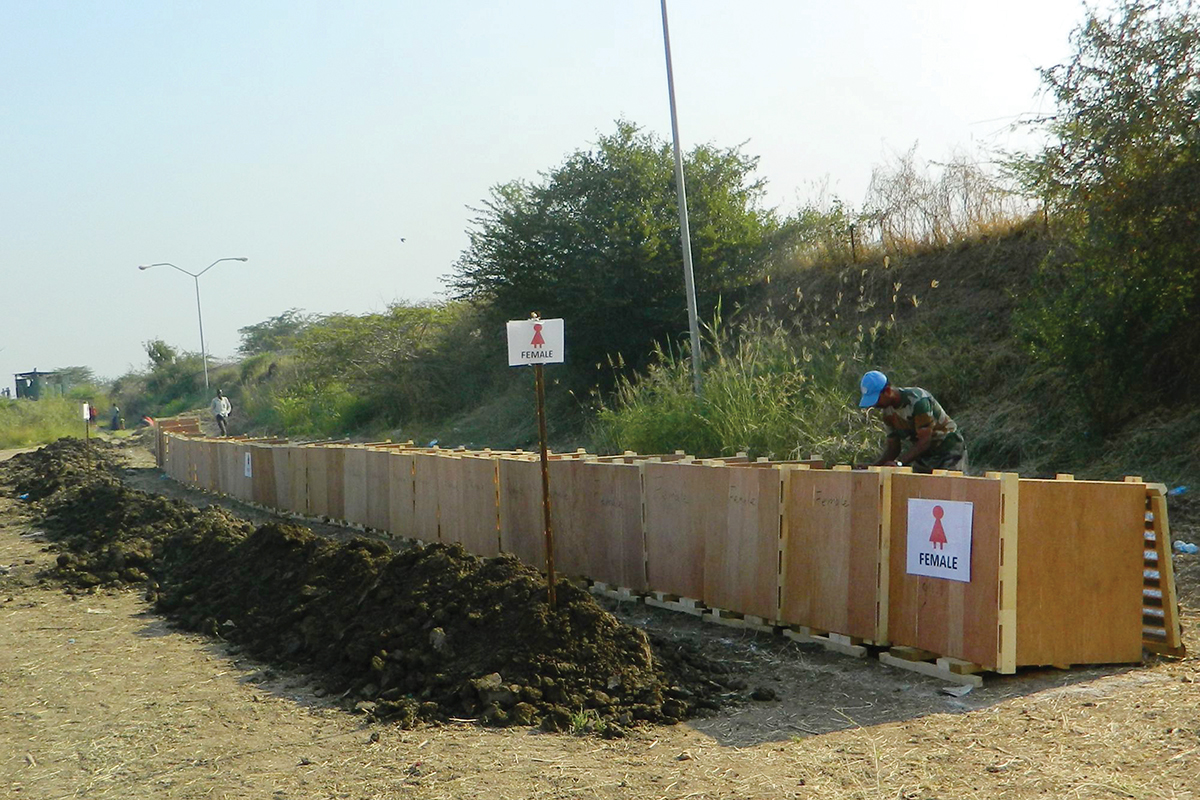
It is increasingly recognised that international human rights law may be concurrently applicable with IHL.22 While there is continuing debate about the extent of its extraterritorial application, states are widely considered to have an obligation to respect and ensure respect for their provisions to anyone within their power or effective control, even if not situated within their territory.23 The UN is not a party to any human rights treaties, and its charter specifies that its provisions take precedence over all other international treaties.24 There is also no mechanism to judicially review the Security Council’s actions and the legal immunities that cover UN missions – which makes it extremely difficult to scrutinise their records for compliance with international human rights law.25 Nevertheless, a growing number of reports, resolutions and policy statements – such as the Human Rights Due Diligence Policy and Human Rights Up Front – do refer to the UN’s responsibility to protect human rights.
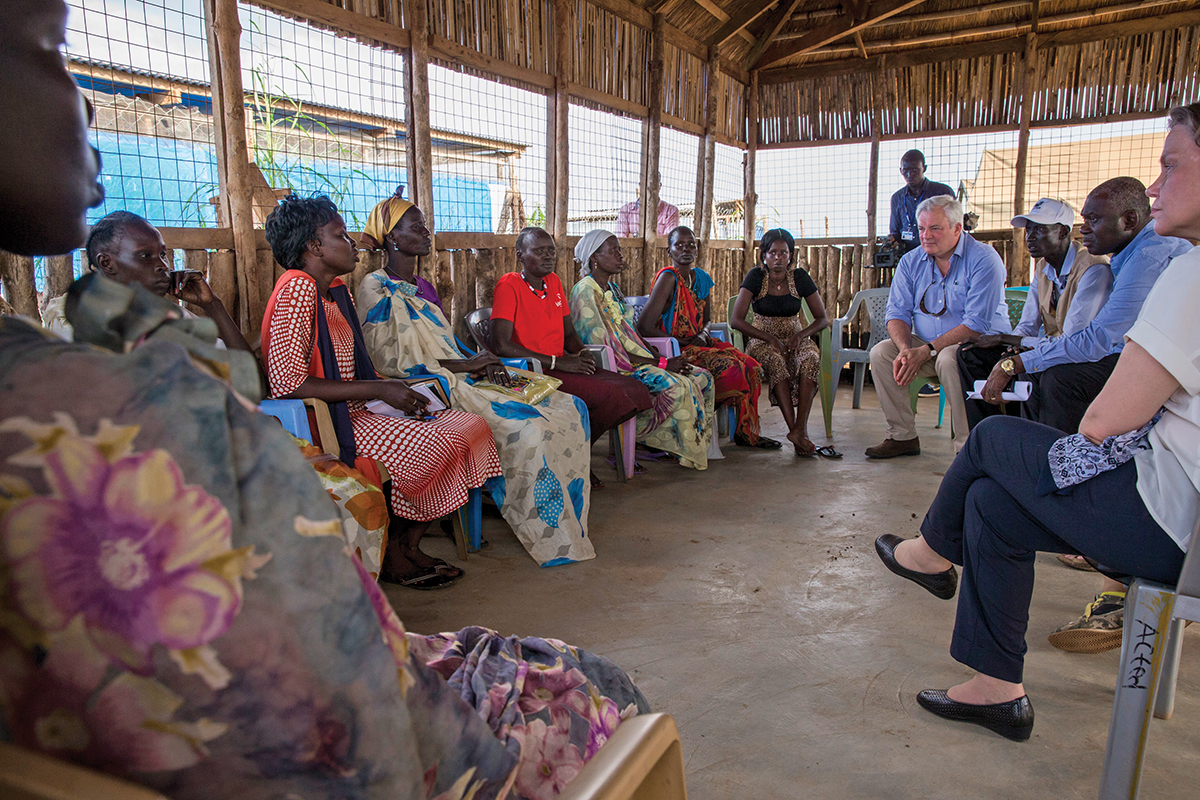
Both Dutch and Belgian courts have upheld claims that their troops on UN peacekeeping missions in the 1990s failed to protect some of the victims of the genocides in Rwanda and Srebrenica.26 Challenging individual troop-contributing countries for alleged violations could lead to a potential crisis in peacekeeping, because states that are party to strong regional human rights mechanisms may become even more reluctant to participate in peacekeeping missions. A better solution would be for the UN itself to define how it considers international human rights law applicable to its peacekeeping missions, perhaps through the issuing of a Secretary General’s bulletin, as was used to define the applicability of IHL.27
UNMISS’s Human Rights Obligations
In February 2015, the mission reported: “Since the establishment of the holding facilities in May 2014, a total of 856 offenders have been temporarily detained. Most of the offences are being handled under community-led informal mitigation and dispute resolution mechanisms. In isolated instances, offenders were expelled from the protection sites.”28 The absence of a commonly agreed framework on the transfer of suspects to national authorities poses considerable challenges to the mission’s ability to operate the holding facilities in accordance with international standards. By April 2015, there were a total of 63 “suspects” being held in these facilities, but UNMISS had “yet to agree with the Government on a framework for the transfer of detainees to national authorities”.29 Some detainees had been released “and their cases handled under community-led informal mitigation and dispute resolution mechanisms”.30 The report also stated that “nine offenders representing a significant threat to UNMISS staff and their communities were expelled from the protection site, after a detailed human rights risk assessment confirmed that they were not under threat of violence outside the site”.31
In June 2015, the mission reported that “South Sudanese armed forces may have committed widespread human rights abuses, including the alleged rape and immolation of women and girls” and “killing civilians, looting and destroying villages and displacing over 100 000 people”.32 The UN Children’s Fund (UNICEF) also reported that boys had “been castrated and left to bleed to death”, and that “children were bound together before having their throats slit”, while “others had been thrown into burning buildings”.33 The South Sudanese authorities dismissed any allegations of wrongdoing, and stated that they would welcome investigations. UNMISS responded that its human rights officers had been routinely denied access to locations of interest by the SPLA, and the head of mission stated: “Revealing the truth of what happened offers the best hope for ensuring accountability for such terrible violence and ending the cycle of impunity that allows these abuses to continue.”34

Various attempts have been made to solve the conflict through diplomatic means, backed up by the use of targeted sanctions and, in August 2015, both sides were persuaded to sign a peace agreement, which was welcomed by a Security Council presidential statement.35 The agreement has, however, broken down repeatedly and, by April 2016, there were still regular reports of continuing clashes.36 Meanwhile, hundreds of thousands of IDPs are living in appalling, squalid conditions while being in the “effective control” of two UN missions. What rights and freedoms is the UN obliged to secure for them?
Conclusion
If it is accepted that UN peacekeeping missions do have obligations under international human rights law, a fairly clear case can be made that a PoC mandate provides a positive obligation to protect the right to life and physical integrity. However, human rights are often declared to be “universal, indivisible, interdependent and interrelated”, and some argue that its protection “cannot and must not be reduced to protection against violence” but should also include rights such as food, medicine and shelter.37
For protection to be effective, there must be a common understanding of who should be protected, from what, by whom, to what extent and until when. It is clearly impossible for peacekeeping soldiers deployed in a conflict or post-conflict environment to provide protection against all threats of violence to all people at all times, but the positive obligations in international human rights law do take account of these limitations. As discussed previously, national courts have already ruled that soldiers who abandoned civilians sheltering under their protection to the genocides in Rwanda and Srebrenica, contributed to the violation of the right to life of the victims. There seems to be no reason, in principle, why the UN should not be under a similar obligation.
The “right to humanitarian assistance”, however, is less firmly based in international law, and there are both principled and practical reasons for maintaining the distinction between PoC and rights-based protection. While the “right of humanitarian access” is firmly established in both IHL and international human rights law, the delivery itself should be carried out by agencies bound by humanitarian principles – including neutrality, which could be compromised by too close an association with a UN mission with a PoC mandate.
Where the UN forcibly detains people, however – as is currently the case with UNMISS – the safeguards contained in international human rights law do appear to be of obvious relevance. It is not clear from UNMISS mission reports that detainees are being held in conformity with international standards, including basic protections against arbitrary detention and ill-treatment. While establishing an independent review mechanism and inspections regime for such detentions might have cost implications, it is difficult to see how the UN can justify failing to put such safeguards in place.
Endnotes
- What’s in Blue (2015a) South Sudan: UNMISS and Sanctions Briefings and Draft Sanctions Resolution, 24 August; Security Council Report (2015) Protection of Civilians. Cross-cutting Report, May, p. 23.
- (2012) Report of the Secretary-General on South Sudan, S/2012/140, 7 March; (2011) Report of the Secretary-General on South Sudan, S/2011/678, 2 November.
- Human Rights Watch (2013) “They are Killing Us”: Abuses Against Civilians in South Sudan’s Pibor County; International Crisis Group (2011) South Sudan: Compounding Instability in Unity State; International Crisis Group (2009) Jonglei’s Tribal Conflicts: Countering Insecurity in South Sudan. See also (2011) Report of the Secretary-General on South Sudan, S/2011/678, op. cit.; (2013a) Report of the Secretary-General on South Sudan, S/2013/366, 20 June; and (2013b) Report of the Secretary-General on South Sudan, S/2013/651, 8 November.
- For details, see (2014a) Report of the Secretary-General on South Sudan, S/2014/158, 6 March; and International Crisis Group (2014a) South Sudan: A Civil War by Any Other Name. Crisis Group Africa Report No. 217, Brussels: ICG.
- Statement by the President of the Security Council, S/PRST/2014/26, 15 December 2014.
- What’s in Blue (2015a) op. cit.
- International Crisis Group (2014a) op. cit., pp. 29–30.
- (2014a) Report of the Secretary-General on South Sudan, S/2014/158, op. cit., para. 18.
- (2014b) Report of the Secretary-General on South Sudan, S/2014/537, 24 July. See also International Crisis Group (2014) South Sudan: Jonglei – “We have Always been at War”, Africa Report N°221, Brussels: ICG.
- (2014c) Report of the Secretary-General on South Sudan, S/2014/708, 30 September.
- Lilly, Damian (2014) Protection of Civilians Sites: A New Type of Displacement Settlement?, Humanitarian Exchange, 62.
- Médecins Sans Frontières (2014) ‘The Struggle to Protect Civilians in South Sudan’, Available at: <http://www.msf.org/article/struggle-protect-civilians-south-sudan> [Accessed 13 January 2015].
- Ibid.
- Security Council Resolution 2155 of 27 May 2014.
- (2014d) Report of the Secretary-General on South Sudan, S/2014/821, 18 November 2014.
- Ibid.
- (2015a) Report of the Secretary-General on South Sudan, S/2015/118, 17 February 2015.
- (2015b) Report of the Secretary-General on South Sudan, S/2015/296, 29 April 2015.
- Ibid.
- Mahmut Kaya v Turkey, Appl. No. 22535/93, Judgment 28 March 2000, para. 86.
- (1992), General Comment 31, Article 10 (forty-fourth session), Compilation of General Comments and General Recommendations Adopted by Human Rights Treaty Bodies, U.N. Doc. HRI/GEN/1/Rev.1 at 33, paras 15 and 18.
- Armed Activity on the Territory of the Congo (Democratic Republic of the Congo v. Uganda), Judgment of ICJ, 19 December 2005.
- Al-Skeini and Others v. UK, Appl. No. 55721/07, Judgment (Grand Chamber) 7 July 2011.
- Charter of the United Nations (adopted 26 June 1945, entered into force 24 October 1945), 1 UNTS XVI, Articles 25 and 103.
- Behrami and Behrami v. France (Appl. No. 71412/01) 31 May 2007 (Grand Chamber) Decision on Admissibility and Saramati v. France, Germany and Norway (Appl. No. 78166/01), (Grand Chamber) Decision on Admissibility, 2 May 2007.
- Mothers of Srebrenica v. the Netherlands (2014) ECLI:NL:RBDHA:2014:8748 (The Hague District Court). Mukeshimana-Ngulinzira and Others v. Belgium and Others, First Instance Judgment, RG No 04/4807/A, 07/15547/A, ILDC 1604 (BE 2010) 8 December 2010, Court of First Instance.
- Secretary General’s Bulletin, Observance by UN Forces of International Humanitarian Law, 6 August 1999, ST/SGB/1999/13.
- (2015a) Report of the Secretary-General on South Sudan, S/2015/118, op. cit.
- (2015b) Report of the Secretary-General on South Sudan, S/2015/296, op. cit.
- Ibid.
- Ibid.
- UN News Centre (2015) South Sudan: UN Alleges ‘Widespread’ Human Rights Abuses Amid Uptick in Fighting, 30 June 2015. The report stated that “according to the testimony of 115 victims and eyewitnesses from the Unity state counties of Rubkona, Guit, Koch, Leer and Mayom, SPLA fighters also abducted and sexually abused numerous women and girls, some of whom were reportedly burnt alive in their dwellings”.
- UN News Centre (2015) op. cit., and UNICEF Media Centre (2015) Unspeakable Violence Against Children in South Sudan – UNICEF chief, 17 June.
- Ibid. The Head of the Mission, Secretary-General’s Special Representative, Ellen Margrethe Løj, stated: “Revealing the truth of what happened offers the best hope for ensuring accountability for such terrible violence and ending the cycle of impunity that allows these abuses to continue,” and she urged South Sudanese authorities to allow UN human rights investigators to access the sites of the alleged atrocities.
- Statement by the President of the UN Security Council on South Sudan, S/PRST/2015/16, 28 August 2015.
- What’s in Blue (2015b) South Sudan: Briefing on Developments since Peace Agreement, 3 September. See also Foreign Policy (2016) South Sudan’s Next Civil War is Starting, 22 January; Reuters (2016) South Sudan’s Opposition Leader Machar to Return to Juba in Mid-April, 7 April.
- Vienna Declaration and Programme of Action, Adopted by the World Conference on Human Rights in Vienna on 25 June 1993. See also Maus, Sylvia (2011) Human Rights in Peacekeeping Missions. In Heintz, Hans-Joachim and Zwitter, Andrej (eds) International Law and Humanitarian Assistance. Berlin: Springer, p. 112.

